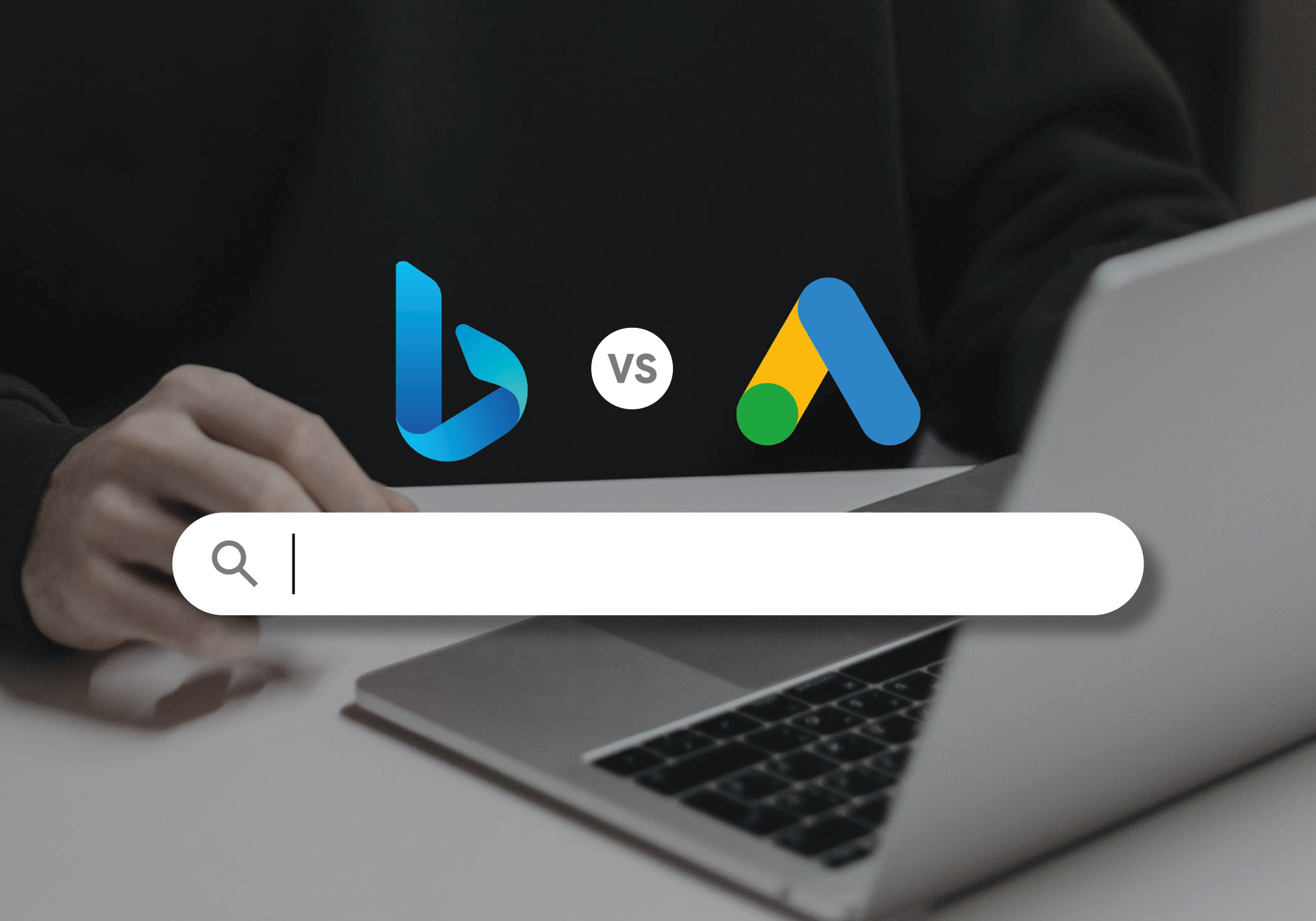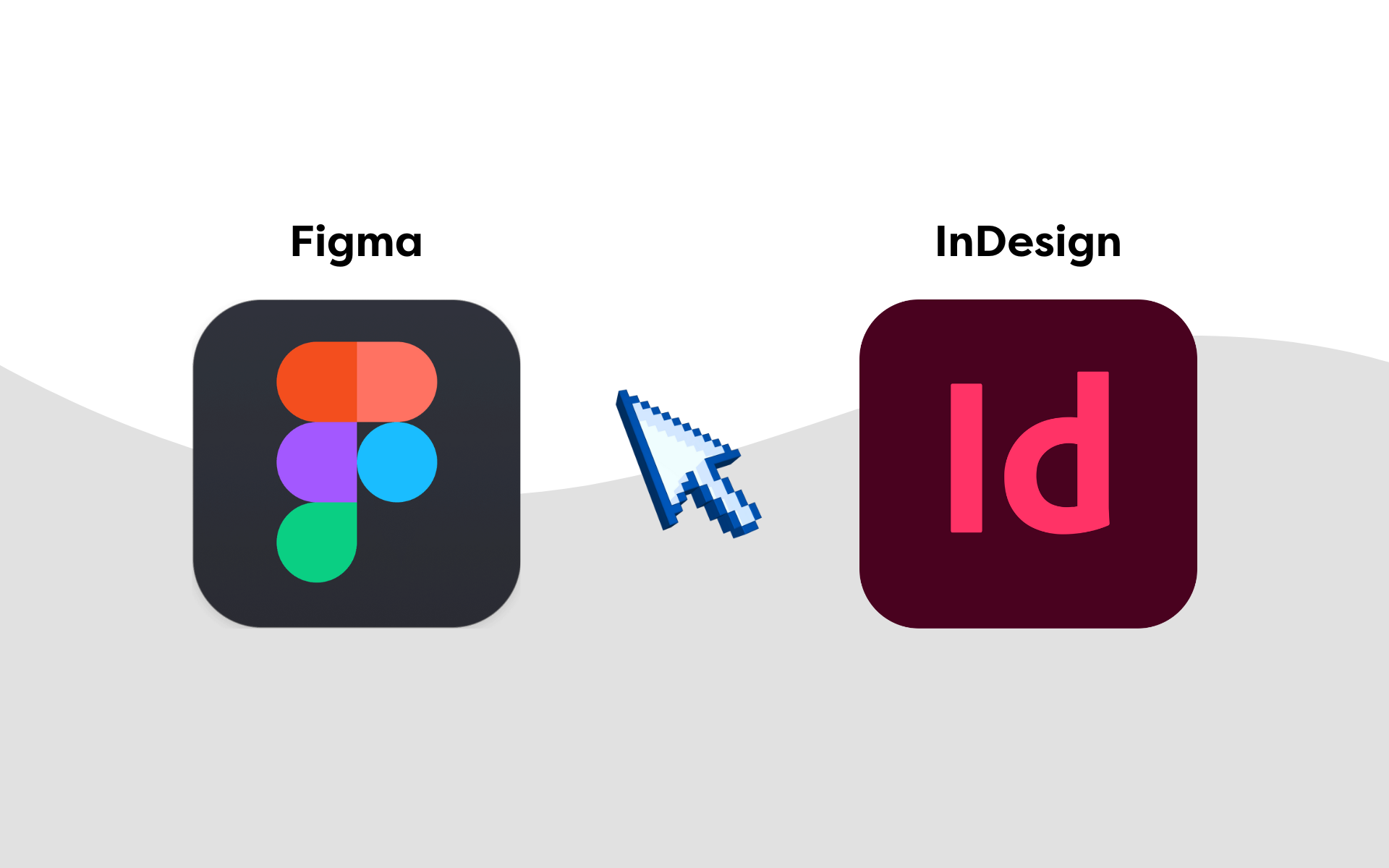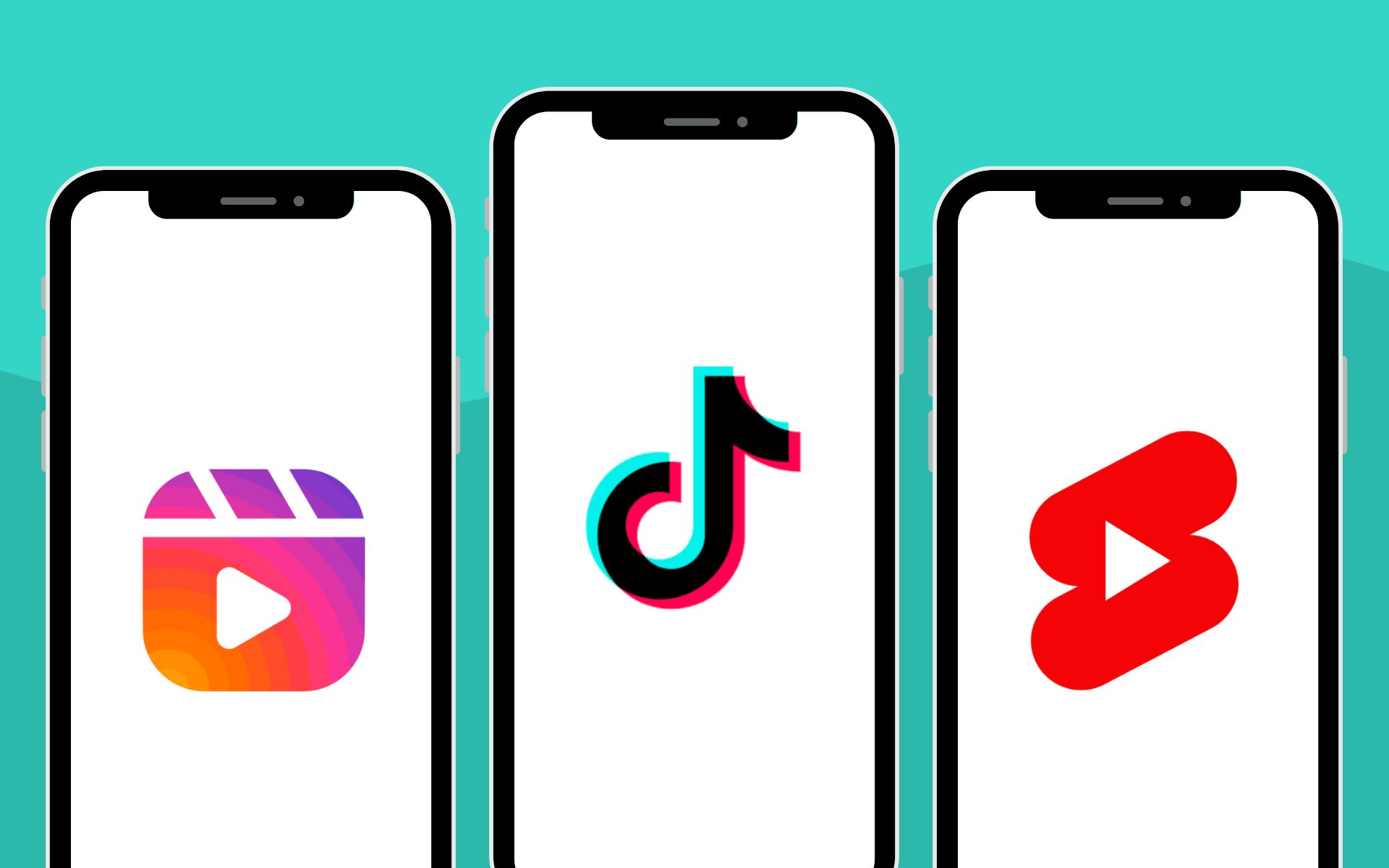Bing has a search ads tool? Yes, it’s true… Who knew? Of course, you’ve heard of Google ads. People often talk about Google ads when discussing the broad topic of PPC, but very rarely does Bing form part of that conversation.
Fundamentally, the Bing ads platform is very similar to Google ads. If you’re experienced with Google ads, the interface, functionality, objectives, and navigation will feel familiar.
Barring a few design tweaks and visual elements, it’s essentially the same product, which begs the question: Is it time you considered Bing a serious contender for your ads spend?
A short history of Bing and Google ads
The roots of the Microsoft Bing search platform date back to 2006, almost 20 years ago. The product has passed through several versions and iterations since then.
It was rebranded as Bing ads in 2012 and then Microsoft ads in 2019. However, many people still refer to Microsoft ads as Bing ads, and the two are often used interchangeably.
Along the way, the platform has partnered with several major networks, including Yahoo and AOL.
Wiki has more details if you’re interested in Microsoft’s journey to the current Ads platform.
Bing’s market share versus Google
So, let’s get down to it: Why is Bing (Microsoft) ads used less frequently than Google ads? Simply put, Google has the most significant share of the search market.
Estimates suggest that for every 100 searches made on a search engine globally, people use Google for 90 and its competitors like Bing, Yahoo, and DuckDuckGo for 10. Of the ten, Bing accounts for three.

Google has consistently dominated the market for the last decade, but this doesn’t mean there is no value in advertising with Microsoft. Three in 100 searches still equate to 13.9 billion (13,900,000,000) monthly searches globally.
For the UK, this is 605 million searches per month and 29 million monthly users. Although this is nowhere near Google’s level, it still represents a considerable number of potential enquiries, leads, sales, and revenue.
Moreover, most IT departments for larger corporations prefer the Microsoft operating system, making Edge their default browser and Bing their go-to search engine. Advertising on these platforms benefits those looking for 9-to-5 business enquiries.
If you advertise here, you could be taking advantage of lucrative opportunities!
Bing ads vs Google ads – what’s the difference?
Essentially, Bing ads is the Microsoft equivalent of the Google ads marketing platform. Like Google, Bing displays text ads to people using its search engine and allows businesses to advertise across its display network.
The platforms are similar in terms of functionality. Both can be used alongside or instead of each other as part of a search marketing strategy. We’ll cover this a little further down the post.
Though the platforms are similar, there are also subtle differences between them that need to be factored it when preparing your strategy.
Let’s dive into those here.
Functionality
Both platforms are intuitive and feel similar in functionality. Both offer several set-up options and menus, but we’ll focus on the primary purpose of the platform first—campaign creation.
There are many ways to organise your ads, but it’s usually better to manage them in a system that means something to you and your business.
Both platforms require you to set up a campaign as the primary or first layer of organisation. Ad groups sit within campaigns and offer another layer of segmentation. Finally, keywords or assets sit within ad groups.
When creating a campaign, both platforms will try to assist you by automating part of this process. First up is your campaign objective. This should be determined by your marketing strategy and the function of your business.
As you’ll see below, both platforms offer similar choices.
Microsoft Ads campaign goals

Google Adwords campaign goals

Here, you’ll be guided through the system to create a campaign that suits your requirements.
Both platforms offer the following choices.
- Channel – search/display
- Objective
- Daily budget
- GEO targeting
- Audience targeting
- Language
- Keywords
- Input into ad set-up: Ad copy, URL, ad assets (images, site links, callouts, etc.)
Both offer dynamic options to target potential customers based on your website content and AI-driven insights. In our experience, Microsoft outperforms Google in this area.
Ad tools
Under the hood, there are some vital system settings that can add significant value to your marketing efforts. Unsurprisingly, both are very similar here, with a few terminology changes and tweaks to implementation methodology.
You’ll notice below that the structure and variety of the tools are comparable across both. The main difference is integration into their proprietary systems, e.g., GA4 and MS Clarity.
There are many other subtle differences here, but they achieve the same output, as you can see below.
Microsoft Ads tools

Google Ads tools

Platforms also provide a downloadable ads manager for more advanced functionality and management of large accounts. Consider enlisting the help of a Bing ads specialist for this.
Aesthetic
Google is constantly testing new designs for its ads platform. At Marketing Labs, we use the older interface as our preferred option, but new users will see a refreshed design aimed at simplifying the user experience and campaign setup.
Unfortunately, this restricts many setup and control options for more advanced users. Google is moving towards an automated approach at pace!
Bing, by comparison, is much more basic. The system looks a little dated but remains intuitive, especially if you’re familiar with Google ads. However, the design is a bit clunky and does not seem as well thought through.
For example, navigating across accounts and campaigns once you make a selection can be hard to do when you have access to more than a handful of them, although there is nothing fundamentally wrong with the platform.
Performance
Performance is probably the area with the greatest difference between the ad platforms.
Microsoft can’t compete with Google in terms of the number of users and the volume of impressions. However, this does not mean that Microsoft ads have no value. In fact, they do.
We have noticed that efficiency is much better on Microsoft than Google for some of our clients. This is for like-for-like campaigns, ad groups and keywords on both platforms.
We analysed data across both platforms and found that the average cost per click on Google is 74% higher than Microsoft for relevant like-for-like keywords. Moreover, Microsoft’s cost per acquisition is 18% lower than Google’s.

In this data set, Google’s conversion rate was slightly higher, but the difference in cost per click meant that Microsoft’s cost-per-acquisition was much more efficient.
Of course, one limitation of Microsoft ads is that its performance will reach the impression threshold much quicker than Google’s and, therefore, hit diminishing returns sooner.
Management
It’s harder to manage and maintain great performance with Google. As more businesses are effectively forced to use Google’s automation, the odds will be stacked in its favour.
With Google in control, the winners will be those companies with the biggest budgets. We have seen some cost-per-clicks increase massively on the automated bid strategies with little in return.
With Microsoft ads, you have more control, which allows you to manage KPIs like return on ad spend (ROAS) better. Of course, many other factors also contribute to this, and all good PPC specialists will constantly monitor and review them.
That said, automated Google campaigns can sometimes work well; in our experience, they’re just very hit-and-miss and largely dependent on the volume of relevant queries.
Ad types: Google Adwords vs Bing ads
The ad types on Google and Bing are very similar. Bing often implements changes and tweaks to ads based on Google ad types, so the majority of the time, there isn’t much to differentiate between them.
The standard ad type on both platforms is a responsive text ad. You input multiple headlines, four descriptions, and the landing page URL, and the platform will create the best version of the ad based on the user’s query.
You can also pull in ad assets. These include extensions, callouts, images and phone extensions, among others.
Separately from text ads, you also have the option of image ads and app ads that you can serve to people across different partner platforms. For Google, this is likely to be their display network, YouTube, and app store. Microsoft has similar ad types on its partner networks, so again, they serve a similar function.
You can use the same images and ad copy, as the image requirements are identical across both ad platforms. However, you may find your ads perform differently on each, so you should treat them separately in terms of management and optimisation.
The main benefit for Microsoft ads at the moment is their AI integration. In our opinion, this is much more helpful than Google’s implementation of its own AI.
Often, campaigns are built in Google and transferred to Microsoft ads; however, recently, we’ve found it beneficial to utilise Microsoft’s AI recommendations and copy and transpose the key elements back to the Google platform.
Bing vs Google – who should you back?
There’s no doubt that Google has the lion’s share of the search market, and this is unlikely to change anytime soon. However, overlooking Bing would be a grave mistake. There is huge potential to make money using Microsoft’s ad platform.
It’s more cost-effective than Google, so you’re likely to see a higher return on investment, and you retain more control over your ads. Ultimately, this means you get more bang for your buck with Microsoft (or, you might say, more Bing for your buck!).
If you found this article useful, you might also enjoy reading ‘A Guide to Bing’s Webmaster Tools‘.







